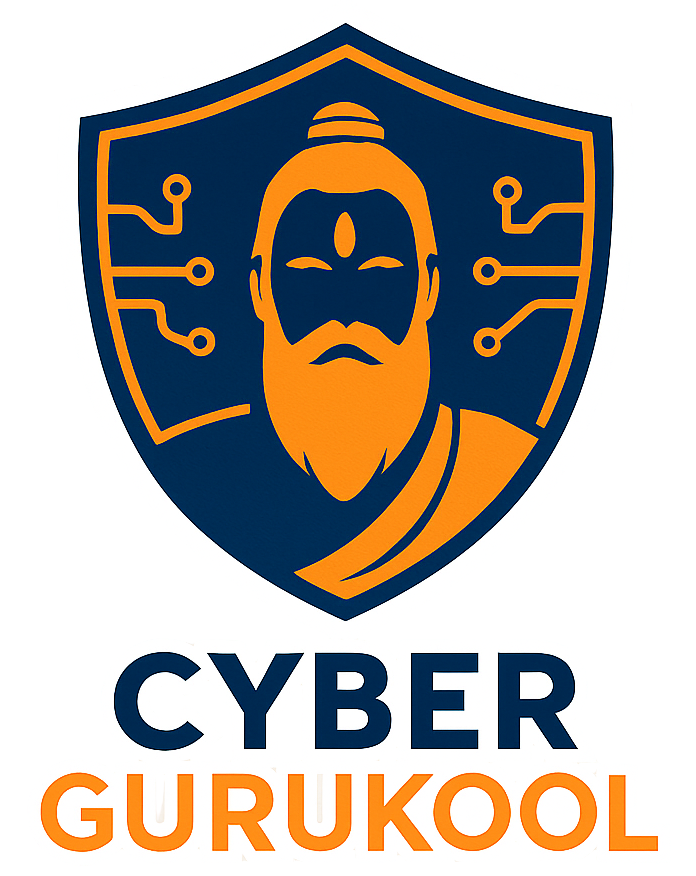
Learn Cybersecurity. Build Your Future.
Web VAPT is the process of identifying, testing, and validating security vulnerabilities in web applications to ensure they are protected against real-world cyberattacks.
Network VAPT is the process of assessing and exploiting vulnerabilities in an organization’s internal and external networks to identify security gaps and strengthen overall network defense.
API VAPT is the security assessment of Application Programming Interfaces to identify and exploit vulnerabilities such as broken authentication, improper authorization, data exposure, and injection flaws, ensuring secure API communication and data protection.
Mobile Application VAPT is the process of identifying and exploiting security vulnerabilities in Android and iOS applications to uncover risks like insecure data storage, weak authentication, insecure communication, reverse engineering, and OWASP Mobile Top 10 flaws.
Wireless Network VAPT is the security assessment of Wi-Fi and other wireless technologies to identify vulnerabilities like weak encryption, rogue access points, misconfigurations, and unauthorized access, ensuring secure wireless communication.
Thick Client VAPT is the security assessment of desktop-based applications that interact with servers, focusing on vulnerabilities like insecure local storage, weak authentication, improper encryption, API/DB exploitation, and reverse engineering.
Cloud VAPT is the assessment of cloud environments, services, and configurations to identify vulnerabilities like misconfigured storage, insecure IAM policies, exposed APIs, and compliance gaps, ensuring secure cloud infrastructure.
IoT/Embedded Device VAPT is the security assessment of IoT devices and embedded systems to identify vulnerabilities in firmware, hardware, communication protocols, and cloud integrations, ensuring end-to-end device and ecosystem security.
Digital Forensics is the process of identifying, preserving, analyzing, and presenting digital evidence from computers, mobile devices, networks, or cloud systems to investigate cybercrimes and security incidents.
Malware Analysis is the process of examining malicious software to understand its behavior, functionality, origin, and potential impact, helping in detection, containment, and defense.
SOC (Security Operations Center) is a centralized team and facility that continuously monitors, detects, analyzes, and responds to cybersecurity threats across an organization’s IT infrastructure.
Active Directory Exploitation is the process attackers use to abuse misconfigurations, weak permissions, and protocols in Microsoft Active Directory to gain unauthorized access, escalate privileges, and move laterally within an enterprise network.
An advanced approach that goes beyond endpoints by integrating data from multiple sources—endpoints, network, email, cloud, and servers—to provide unified threat detection, investigation, and response across the entire environment.
A security solution focused on monitoring, detecting, and responding to threats on endpoints (laptops, servers, mobile devices) using real-time telemetry, threat detection, and automated response.